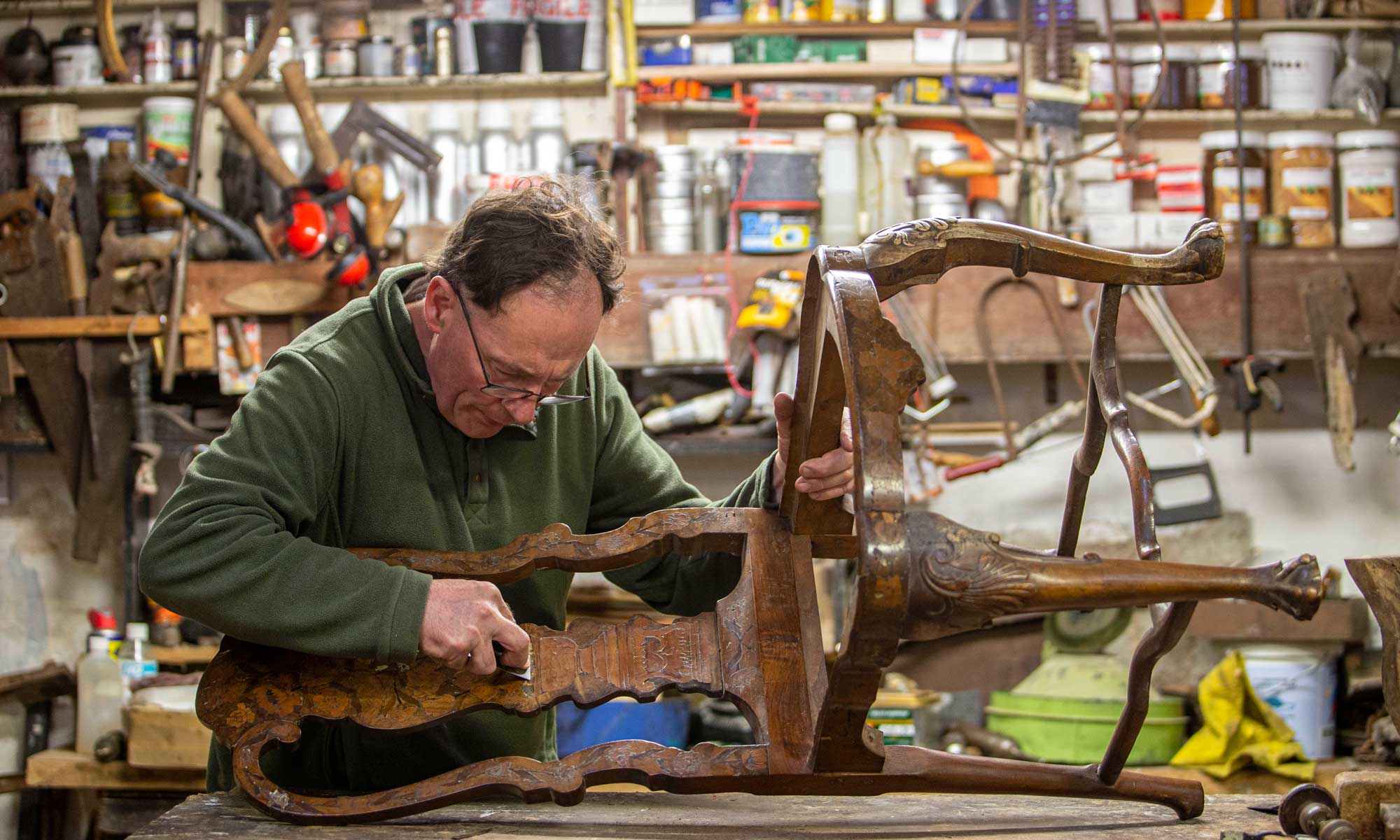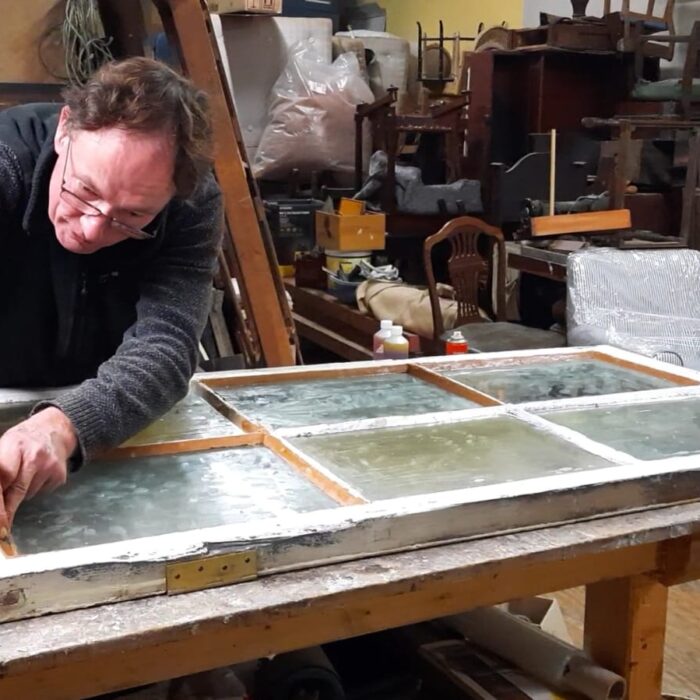George Williams Antiques
Antique Furniture Care and Restoration-Learn the Basic Skills ; Saturday 21st June 2025.
€200.00
10.00am to 4.00pm
This one day course simplifies the mysteries of antique furniture, and introduces participants to the basic skills needed to care for and restore their own antiques. The day includes how to recognise the different periods, identifying different timbers, stains, finishes and polishing, gluing and clamping, how to clean old furniture, remove stains, treating woodworm, and how to deal with other common restoration problems.
Participants are encouraged to bring a small piece of their own furniture that needs some tlc
Suitable for beginners and professionals.
Schedule and Course Content;
Module 1.1
Recognising the different periods.
- Participants are introduced to the different stylistic periods from the Queen Anne period of the early 18th century to the Arts and Crafts of the late 19th century. Real examples from each period are discussed and participants are shown how to recognise their typical features.
Module 1.2
Identifying different timbers
- This is important when it comes to caring for antiques, as all timbers react in different ways, and when timber is a few hundred years old and has layers of dirt and different finishes on it, it can be very hard to tell what type of timber it is.
- Knowing the main characteristics of different timbers in their raw state is the key to being able to tell which timber is which when it comes to antiques.
- In this module, participants examine a selection of timber in its planked and dried state, before it is stained and sanded.
- A selection of antique furnishings are then discussed to illustrate how the main characteristics of timbers are still evident on close inspection if you know where to look for them.
Module 2.1
Stains, staining, polishing and finishing
- When restoring an old piece of furniture it is important to understand stains and their application. In this module we look at the difference between oil based and water based stains and how they should be used for their best effect.
Module 2.2
Polishing and finishing.
- Once the stain is dry, the polishing and finishing process can begin. Oil, shellack, varnish and wax finishes are all discussed and demonstrated.
Module 2.3
How to recognise the different finishes on 17th, 18th and 19th century furniture
- Different examples of each of the periods will be studied and discussed.
Module 3.1
How to clean old furniture, revive old finishes and polish, wax and strip.
- Get to know the tools and materials needed to clean, wax, revive and restore your antiques
- How to correctly clean, revive and polish old timber surfaces
- When and how to strip, participants are shown how to strip and existing finish correctly.
Module 3.2
Gluing and clamping
- Participants are shown how to use clamps to their best effect.
Module 3.3
Woodworm
- How to recognise active woodworm, using live examples.
- How to deal with the problem efficiently and easily
- How to monitor a previously affected area over time.
Module 4.1
How to remove stains
- Common stains such as ink, alcohol and water damage are discussed and identified
- Participants are shown how to remove them
Module 4.2
Common restoration problems.
- Participants are shown common restoration problems, such as loose chair backs, veneers lifting, timber splits, faulty drawers, seized castors, and burn marks, and are given the practical skills such as splicing veneers, and gluing and clamping so they can tackle most minor repairs at home.
Participants are encouraged to bring a small piece of their own furniture that needs some tlc. The day includes lunch, tea, and coffee and maybe a cake and possibly a garden tour.
| Places limited to 8





